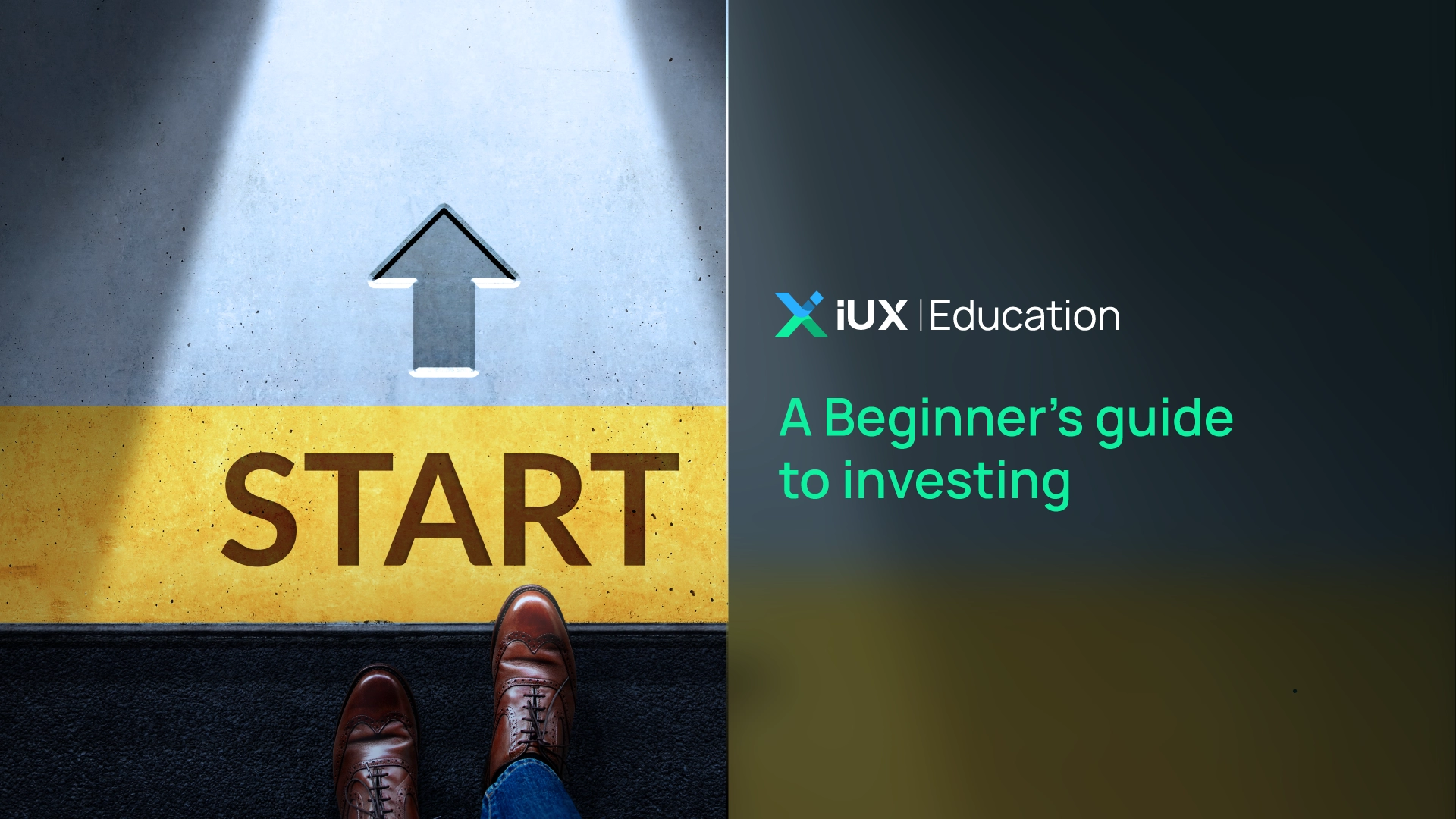CFDs are complex instruments and come with a high risk of losing money rapidly due to leverage. 76% of retail investor accounts lose money when trading CFDs with this provider. You should consider whether you understand how CFDs work and whether you can afford to take the high risk of losing your money.
CFDs are complex instruments and come with a high risk of losing money rapidly due to leverage. 76% of retail investor accounts lose money when trading CFDs with this provider. You should consider whether you understand how CFDs work and whether you can afford to take the high risk of losing your money.

Making Your First Investment
How Do You Make Your First Investment?
Your first investment can be an exciting but challenging experience. With so many options and financial terms to understand, the process can seem overwhelming. This article will guide you through the basics, helping you start investing with confidence and providing the information you need to make informed decisions as you embark on your investment journey.
| Key Takeaway |
The most important step in making your first investment is not how much you invest, but rather that you start with a clear understanding of your financial goals and risk tolerance. This foundational approach will help you make decisions that align with your long-term objectives.
Understand Your Financial Situation
Before you start investing, it’s important to have a clear understanding of your current financial situation, which includes:
Assessing Your Budget: Consider your income, spending, and savings to determine how much money you can comfortably allocate to investments without affecting your daily needs.
Building an Emergency Fund: Ensure you have an emergency fund covering at least 3-6 months of living expenses. This provides a financial cushion in case of unexpected events.
Clearing High-Interest Debt: Pay off any high-interest debt, such as credit card balances, before investing. This reduces financial stress and allows your investments to grow more effectively.
| Tip: Start with an amount you’re comfortable losing in the short term. This helps you learn how markets move without putting pressure on your daily finances or emotions. |
Define Your Investment Goals
Having clear investment goals will help guide your decisions and keep you focused. Common investment goals include:
-
Saving for Retirement: Focus on long-term growth through retirement accounts like 401(k) or IRA.
-
Building Wealth: Use financial strategies to increase your net worth.
-
Saving for Major Purchases: Accumulate funds for buying a house, a car, and further education.
-
Generating Passive Income: Create a steady income stream through dividends, interest, or rental income.
No matter what your investment goals are—whether you’re saving for retirement, building wealth, or generating passive income—IUX helps you turn your plans into action. With a modern platform trusted by top traders, IUX simplifies access to global markets. Our services are designed to make investing easier, ensuring every step of your journey is seamless and efficient. Let IUX support you in creating an investment plan that forms the foundation of your success.
Determine Your Risk Tolerance
Risk tolerance is your ability to handle the ups and downs of the market. Factors that influence risk tolerance include:
-
-
Age: Younger investors can typically afford to take more risks since they have more time to recover from market downturns.
-
Financial Situation: A stable income and sufficient savings can allow for higher-risk investments.
-
Personal Comfort: Consider your emotional reaction to market volatility. Choose investments that match your comfort level.
-
The Journey to Your First Investment
1. Education is Key
Before making any investments, it's essential to understand the fundamentals. Spend some time learning about different types of investments (stocks, bonds, mutual funds, etc.), how they work, and the risk profiles of each type.
2. Set Clear Financial Goals
Define what you want to achieve with your investments, whether it's retirement, buying a house, or education. Your goals will shape your investment strategy, including the types of assets you might consider and the level of risk you are willing to accept.
3. Assess Your Risk Tolerance
Are you comfortable with risk, or do you prefer to avoid it? Your comfort level with risk will significantly impact the types of investments you select and how you manage your investment portfolio.
4. Start Small
Your first investment doesn't have to be a large amount. Starting small allows you to experience the market with less financial stress.
5. Choose the Right Investment Platform
Research and select a platform that fits your needs, whether it's a standard brokerage, a robo-advisor, or a direct stock purchase plan. Consider factors such as fees, ease of use, and available resources.
6. Diversify Your Investments
Don't put all your eggs in one basket. Diversification helps reduce risk by spreading your investments across different assets.
7. Monitor and Adjust
Keep track of your investments and market conditions. As you learn more and your financial situation changes, adjust your investments accordingly.

Conclusion
Starting your investment journey involves building a strong foundation through education, setting clear goals, and gradually stepping into the investment world with a thoughtful strategy. By taking careful actions, you can invest wisely and grow your wealth over time.
💡FAQs
Q: How much money do I need to start investing?
A:You don’t need a large amount to begin. Many platforms allow you to start with a small sum, making it easier to learn and build consistency over time.
Q: What is the safest investment for beginners?
A:There is no completely risk-free investment, but diversified options like index funds or balanced portfolios are often considered suitable for beginners due to their lower volatility compared to individual stocks.
Q: Should I invest all my money at once or gradually?
A:For beginners, investing gradually can help reduce the impact of market volatility and make the process less stressful while building long-term discipline.
Note: This article is intended for preliminary educational purposes only and is not intended to provide investment guidance. Investors should conduct further research before making investment decisions.



